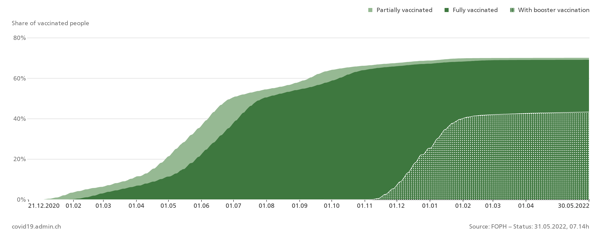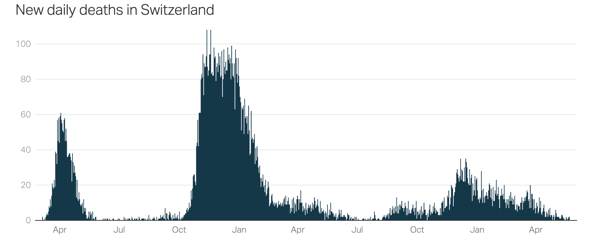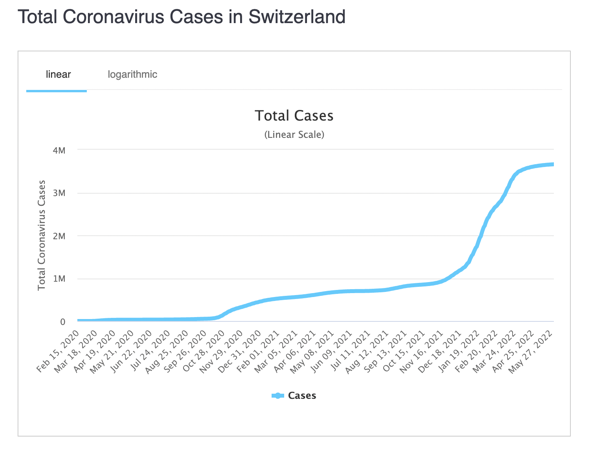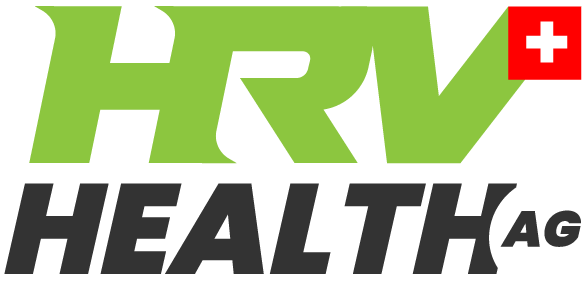 On 28 November 2021, Switzerland passed one million COVID-19 infections, in a country with a population just short of 8.8 million[1]https://www.worldometers.info/world-population/switzerland-population/. At that point 11,488 people in Switzerland had died from the virus. At the same time, 67% of the country had been vaccinated[2]https://www.covid19.admin.ch/en/epidemiologic/test?demoView=graph.
On 28 November 2021, Switzerland passed one million COVID-19 infections, in a country with a population just short of 8.8 million[1]https://www.worldometers.info/world-population/switzerland-population/. At that point 11,488 people in Switzerland had died from the virus. At the same time, 67% of the country had been vaccinated[2]https://www.covid19.admin.ch/en/epidemiologic/test?demoView=graph.

As of today, some six months later, just short of 14,000 Swiss residents have died from COVID. The vaccination strategy has dramatically reduced the number of COVID mortalities in the country.

In stark contrast to that result is the escalation in the infection rate with 3.65 million people now having been infected. If the vaccination were even partially effective against infection, this dramatic rise in the number of people infected seems impossible. What proportion of the new infections since November 2020 are those who have not been vaccinated?
The Federal Office of Public Health (FOPH) publishes the statistics. Until November 2021 they were producing the numbers for infections relative to vaccination status. Then they stopped making the data available, offering as justification that people who are tested positive do not have to provide their vaccination status, suggesting that it creates the risk that the figures would be understated. This is disingenuous. With Switzerland’s world class identity system, marrying the data of who has tested positive against who has been vaccinated is all contained in the data that the FOPH has access to, and producing accurate results is trivial.
This raises the concern that the reason for deprecating the report is to conceal the probability that the vaccine is ineffective against infection and transmission. After all, if the vaccine is ineffective against infection and transmission, why is it necessary to have proof of vaccination for international travel and to attend sports events?
In Switzerland, as in the rest of the world, 85% of people who succumb to the virus have at least one other co-morbidity. These are the same people who have required hospitalisation. These are the at risk group. The FOPH publishes a comprehensive FAQ[3]This web page has been removed.. Many of the FOPH documents warn that those who are high-risk need to take special precautions, but the FAQ fails to identify the criteria that define who is high-risk.
What we know from an analysis of the data is that the people who are high-risk are those who have any of the 10 most common chronic conditions that most commonly lead to death, particularly in the developed world.
These co-morbidities including cancer, type 2 diabetes, and hypertension do not display in the early phases, and may not be diagnosed. But they do show up in the HRV metrics and this provides the early warning that the condition exists, and similarly that the person is now in the COVID high risk category.
We have invited the FOPH to test the capability of HRV technologies, and to date they have snubbed these offers. That is a shame.
Note:
It appears that the views expressed in this article have been vindicated. Read more:
Berger and Berset: Swiss Tales of Corruption and Stupidity
Swiss Vaccine Strategy Under Fire: More Doses Discarded Than Used
References
| ↑1 | https://www.worldometers.info/world-population/switzerland-population/ |
|---|---|
| ↑2 | https://www.covid19.admin.ch/en/epidemiologic/test?demoView=graph |
| ↑3 | This web page has been removed. |
